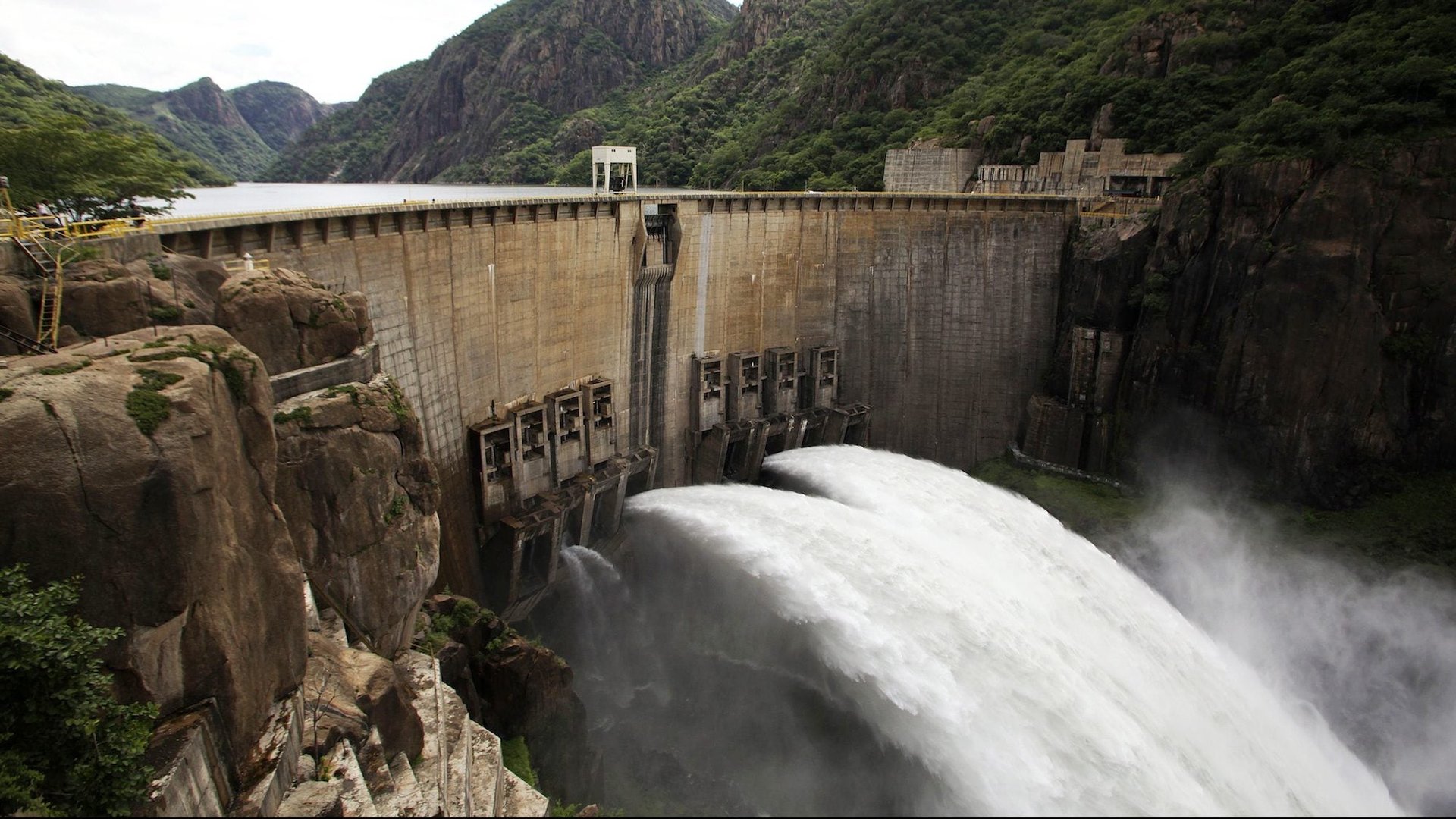Africa’s biggest hydropower plant may soon run out of water
Drought in southern Africa is threatening electricity generation at Africa’s biggest hydropower plant, the Cahora Bassa dam in Mozambique. Water levels at the reservoir are dangerously low. Cahora Bassa was only 34% full as of the end of November, according to the National Water Directorate.


Drought in southern Africa is threatening electricity generation at Africa’s biggest hydropower plant, the Cahora Bassa dam in Mozambique. Water levels at the reservoir are dangerously low. Cahora Bassa was only 34% full as of the end of November, according to the National Water Directorate.
Pedro Couto, head of the plant, told staff in November that a lack of rain over the last two years had “resulted in an unprecedented reduction in the Cahora Bassa reservoir,” according to the Maputo-based business publication, Zitamar News.
Data from the dam’s operator, Hidroelectrica de Cahora Bassa (HCB), show that the dam’s water level is only 17 meters (55 feet) above the minimum operating level. If next year’s rainy season does not deliver higher rainfall, the situation could get worse. Southern Africa is experiencing its worst drought in almost four decades, reducing water flows in the Zambezi river system where three major hydro dams, including the Cahora Bassa, supply electricity to the region.
Cahora Bassa’s troubles are a sign that southern Africa, one of the continent’s regions most vulnerable to climate change, may need to rethink its reliance on hydropower. Hydropower accounts for 21% of electricity in the Southern African Power Pool (SAPP), a common electricity market for 12 countries. Low rainfall since 2014 has strained the SAPP, causing blackouts and electricity shortages that raise the risk of social instability, according to analysts.
Zambia, which depends almost entirely on hydroelectric power from the Zambezi river, has suffered power shortages since last year. The Kariba dam, a reservoir upstream from Cahora Bassa that supplies almost all of the electricity in Zambia and Zimbabwe, fell to 12% capacity this summer. Zambia has started investing in solar plants.
Other countries may soon feel the pinch. Cahora Bassa, which has a capacity of 2,075 megawatts, sells most of its electricity to South Africa, as well as to Zimbabwe, and Mozambique’s national utility, EDM. Already, HCB has cut supplies to South Africa’s power utility Eskom by 13%.